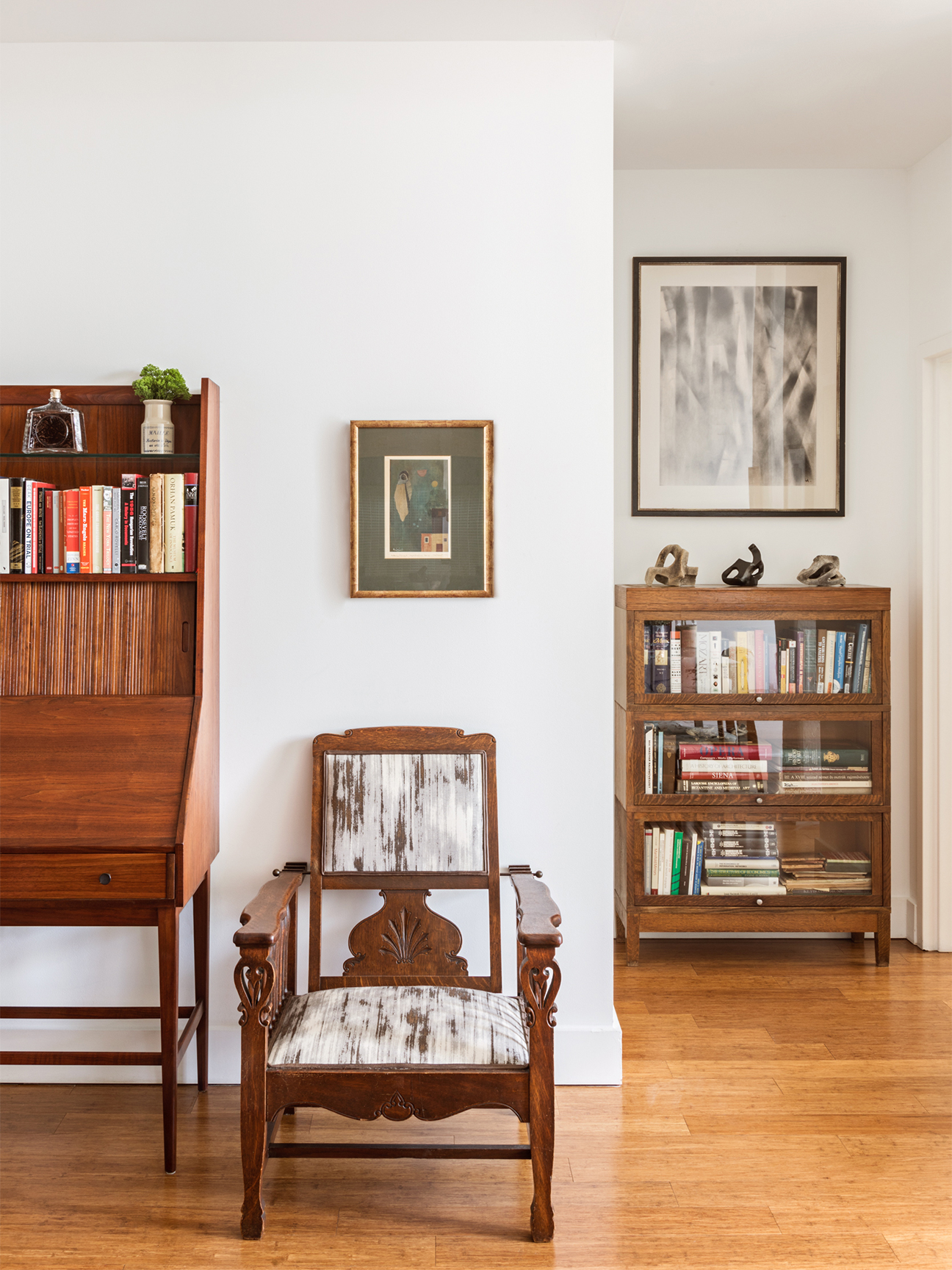We may earn revenue from the products available on this page and participate in affiliate programs.
Before my mother passed away, I never quite understood why she would hoard every item she’d come in contact with. Her apartment in Staten Island was filled with enough trinkets and thingamabobs that it resembled the underwater cavern from The Little Mermaid (it was her favorite Disney movie, after all). She had gadgets and gizmos aplenty and whosits and whatsits galore—and I cared; it was a big deal and I didn’t want her to have more.
This was a topic my mother and I would argue about a lot. If she believed I needed new boots for winter, she’d go out and get them. If she saw sheets on sale, she would buy them for the both of us, no questions asked. At the time, I didn’t understand why she’d continue buying this way. I’d press that I didn’t need more things, but she’d always come back with more. Now I realize this was how she expressed love: Shopping was how she chose to connect.
For the longest time, I believed living with clutter meant you were surrounded by pain and discomfort, or that you weren’t ready for a fresh start. And while there was some validity to this thought when it came to my mom, at the same time, she saw value in every item she purchased and showcased in her home—to her, it wasn’t clutter at all.
My brother and I were faced with the incredibly hard decision of what to keep and what to let go of after she passed away, rummaging through her two-story apartment that was filled from top to bottom over a span of two weeks. Every time I came in contact with an object, it sparked memories. When I held my mom’s cross necklace, I remembered how she would clasp it around her neck every time we left the house and carefully hang it from her jewelry box when we returned. When I touched her clothes, I could smell her scent, feel her essence, remember her mannerisms and pride.
While I wish I could have kept everything in that house, I slowly began to notice the items I gravitated toward were the things she’d touched most often: an ashtray she’d use as a coaster, a blow-dryer she’d use to curl her hair, a mirror she’d look at before she left the house. These were the things that gave my mom life, and I wanted to bring them into my own home.
And though my mom and I might not have agreed on how much a space should be filled, she showed me what it can feel like when you truly respect and love all the things inside it. Thanks to her, I’m creating meaning in my own home with the items we now share. Even though her ashtray no longer holds her drinks, it keeps my sage safe, and while she may no longer be able to look into the mirror before she leaves, I can look at it and remember what it was like to look into her eyes.
My mom may no longer be here to be able to buy me things just because she wants to show how much she loves me, but I can still feel her presence in my home because the things she once saw as valuable are now valuable to me—and honestly, I wouldn’t have it any other way.
